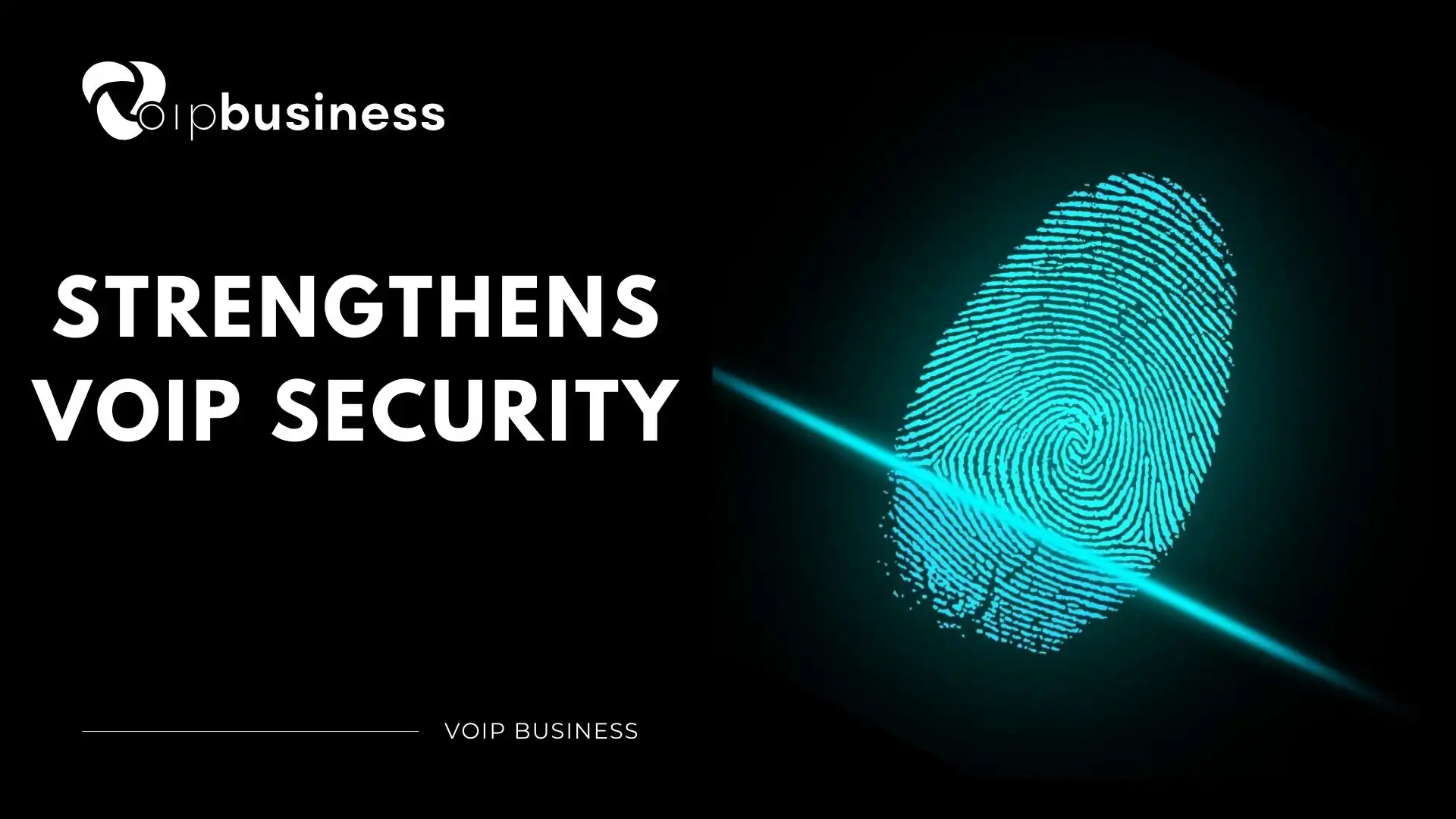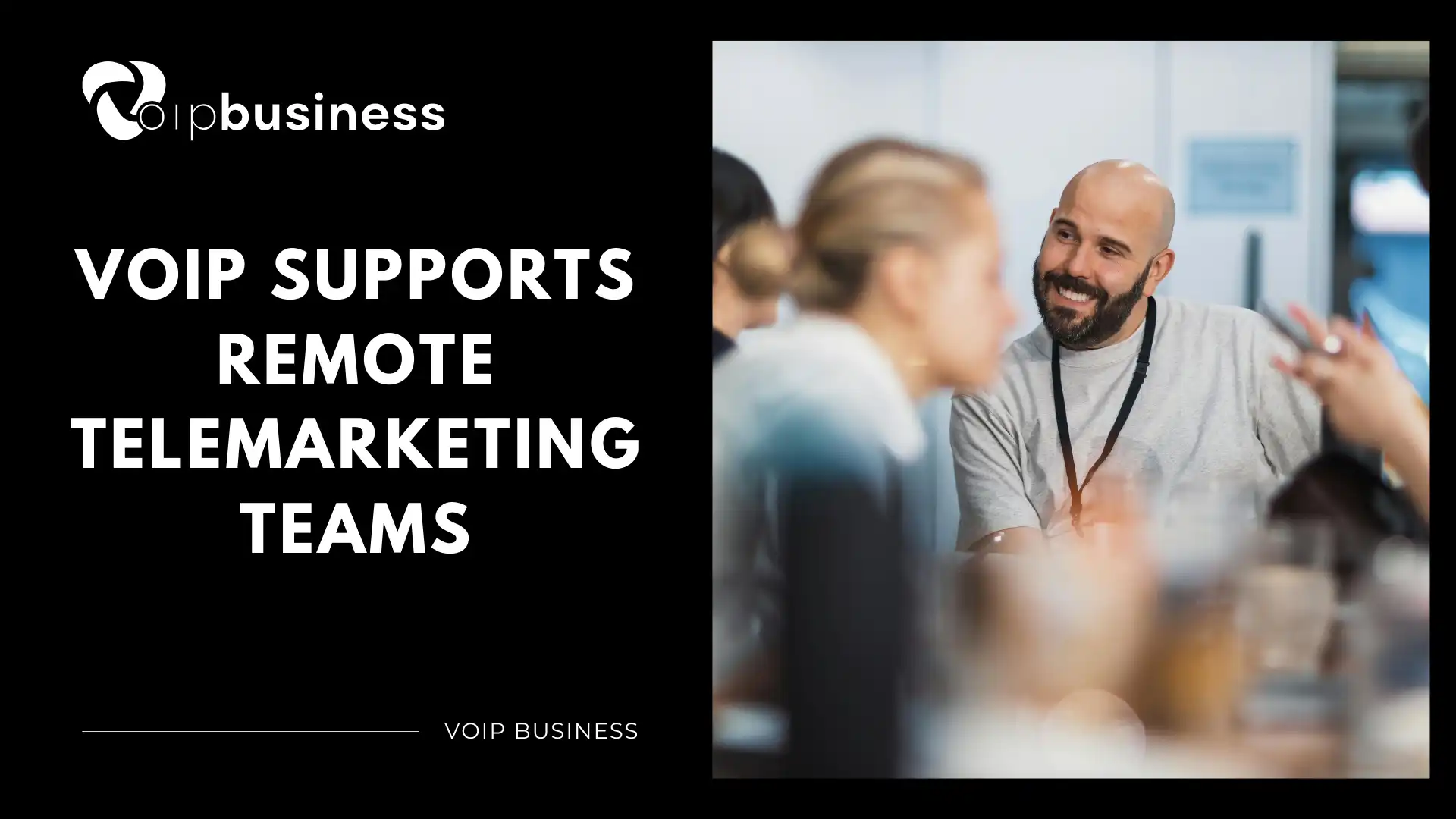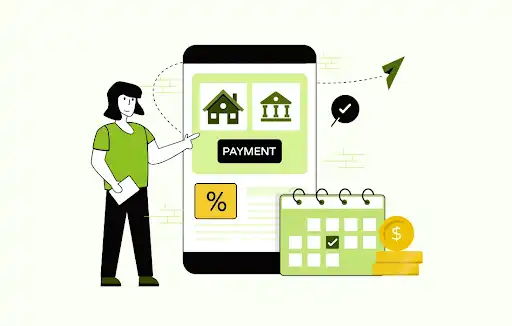In 2025, cold outreach is not just sending out templated mass messages. It is the art of personalized communication, especially in dynamic areas such as VoIP and telecommunications. The right approach to cold outreach can open up new markets, attract customers, and strengthen business partnerships.
Let’s look at how exactly you can effectively build cold contacts in the VoIP sector so that your messages do not get lost in the flow, but bring real results.
Why Cold Outreach in VoIP?
VoIP (Voice over IP) is an industry where technologies are changing rapidly and competition is high. In order to develop, companies and specialists must constantly find new clients, partners, and opportunities for cooperation.
Cold outreach helps:
- Attract new clients for VoIP solutions (e.g., business telephony, virtual PBX, SIP trunks);
- Find partners and resellers to expand sales channels.
- Get expert advice or recommendations from industry leaders.
- Establish business contacts with IT and communications department managers.
However, for cold outreach to work, you need to follow certain rules.
1. Start with a Clear Goal
Before sending your first message, clearly define what exactly you want to receive. In the VoIP business, goals can be different:
- Conclude a contract for the supply of VoIP services;
- Schedule a demo call with the IT director.
- Get feedback on your product.
- Find a distributor or integrator.
A clear goal helps to formulate the right message and select the right recipients.
2. Know Who You Are Writing To
In 2025, standard “Hello, dear customer” templates do not work, especially in B2B communications. Personalization is the key to success.
Do some research:
- Look at the recipient’s LinkedIn profile: what they do, what projects they are leading.
- Check out the company’s website – what solutions they use?
- Learn about their current tasks in the field of communications.
For example, if you are writing to the IT director of a large company, you can mention that you noticed their recent transition to cloud telephony or interest in SIP trunks.
3. Grab Attention in 5 Seconds
Your task is to interest the recipient from the first lines. People receive dozens of messages a day, so the standard “Good afternoon, I hope everything is fine with you” is immediately ignored.
Instead, start with specifics and personal interest:
“I see that your company recently implemented IP telephony. I wanted to share our experience, how our VoIP platform helped to increase the quality of communication and reduce costs by 30%.”
This approach immediately makes it clear that you are familiar with their business and offer value.
4. What to Write, Message Structure
In the VoIP sphere, people value brevity and specificity, so the structure should be simple and clear:
- Personal contact: mention something about the company or the recipient.
- Purpose of the appeal: why you are writing.
- Simple request: ask a specific question or suggest an action.
- Sample message to an IT manager:
“Hello, Alex! I noticed that your company is actively developing remote work. We have a VoIP solution that provides stable communication for remote employees with minimal latency. Could we discuss how this can help you?”
5. Use the Right Tools
Working with cold outreach becomes more effective with the help of technologies:
- Hunter.io – for finding corporate email addresses;
- Reply.io – for automating mailings while maintaining personalization;
- LinkedIn Sales Navigator – for accurately finding the right specialists;
- CRM systems – for keeping track of contacts and communication history.
In the VoIP business, it is important to maintain a database of potential clients and conduct consistent, timely contacts. And if you want your LinkedIn message to stand out, format it well. People often ask about how to bold in LinkedIn post, but the real trick is keeping it easy to read. Use short paragraphs, white space, and emojis sparingly.
6. Monitor Follow-up
80% of successful deals begin with a follow-up contact. Don’t expect a response from the first email people are busy.
Send a polite reminder 4-7 days after the first message:
“Hello, Mike! I wanted to check if it was convenient to familiarize yourself with my offer for a VoIP solution? I am ready to answer any questions.”
If there is no response after two or three reminders, switch to new potential clients.
7. Where to Send Messages?
Email – suitable for longer and more formal letters, especially if you are not familiar with the recipient;
LinkedIn – convenient for the first acquaintance and more casual communications, especially if you have common connections.
Don’t forget to format your messages correctly: short paragraphs, clear headings, minimal use of emoji (if appropriate).
8. Mistakes that kill Cold Outreach in VoIP
To keep your outreach from failing, avoid the following mistakes:
- Sending template messages without personalization.
- Information overload or overly long emails.
- Follow-ups that are too aggressive or frequent.
- Requests for large commitments at the first contact (for example, to sign a contract right away).
- Ignoring analysis and optimization of the strategy.
9. VoIP Success Story
Let’s take the example of a company that provides cloud telephony.
Starting with cold mailings, managers personalized each contact, mentioning in letters the current challenges of clients: the need for flexible telephony for remote work and integration with CRM.
After three months of regular, competent work and proper follow-up, the company increased lead conversion by 40%, and the number of new clients doubled.
10. What to Send with a Resume or Commercial Proposal
If your outreach is aimed at cooperation, work or a product presentation, make the message concise but informative.
Example of a commercial proposal for a VoIP service:
Subject: Proposal for optimizing corporate communications
Hello, Ann!
My name is Sam, I represent VoipBusiness, a company specializing in cloud VoIP solutions for business.
I am sure that our solution will help you reduce communication costs and improve the quality of communications in your company.
I am attaching a short presentation and am ready to discuss the details at a time convenient for you.
Thank you for your attention!
Sam Smith
Final Words
Cold outreach in 2025 is not just a mass mailing, but a finely tuned communication process. In the VoIP industry, where technologies and needs are changing rapidly, it is important to show that you understand the client’s business, offer relevant solutions and respect the interlocutor’s time.
Start with small but targeted steps. Personalize each message. Use modern tools and do not forget about follow-up. Then cold outreach will become a powerful tool for developing your VoIP business.
Read More : What is Call Avoidance? Causes & How to Identify



